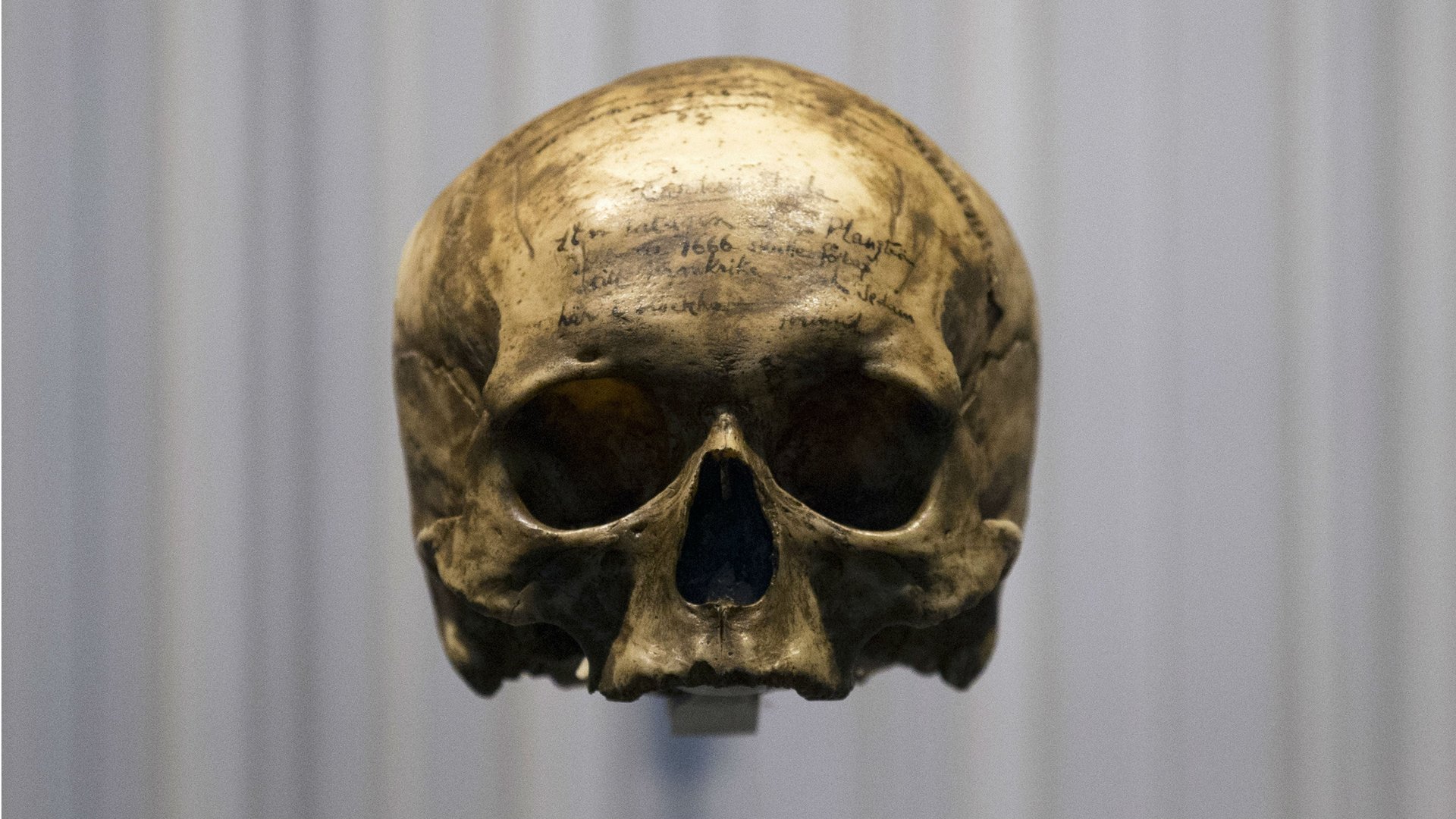Homo sapiens may have outlasted Neanderthals because they evolved to be social
Neanderthals may have survived if they evolved to look out for each other like we humans did.


Neanderthals may have survived if they evolved to look out for each other like we humans did.
Physically, there doesn’t seem to have been much of a difference between us and our evolutionary cousins. Aside from being a little stockier than early humans, Neanderthals (Homo neanderthalensis) had features that were were more or less the same size as our ancestors (Homo sapiens). However, tiny structural distinctions in our skulls may have given humans an unbeatable advantage.
A new scientific analysis shows that human skulls are shaped in a way that suggests they encased brains with slightly larger cerebellums than Neanderthals. The cerebellum is a brain region associated with activities like planning, adapting to new environments, switching between tasks, and building social relationships. The advantage conferred by slightly improved capacity for these abilities may have been what set early humans apart from Neanderthals, and what ultimately paved the way for our survival and their downfall.
“The study clearly demonstrated that innate morphological differences in the brain structure actually existed between the two species,” says Naomichi Ogihara, a biological anthropologist at Keio University and a co-author of the paper announcing the findings, published today (April 26) in the journal Scientific Reports.
Ogihara and his colleagues obtained magnetic resonance images of the brains of 1,185 contemporary human volunteers, and used them to come up with an average size and distribution for about 25 different brain regions. This sample gave them an idea of modern human brain composition, and how the organ fits into a modern human skull.
Next, they attempted to figure out how the modern human skull differed from early human and Neanderthal skulls—and, by proxy, how the modern human brain different from early human and Neanderthal brains. The scientists used computer imaging to create 3D models of four Neanderthal brains and four early human brains, ranging from 32,000 to 135,000 years old. Then, they took the distributions of the modern human brain and applied it to fit into these eight reconstructions. There were some differences between modern and early humans, but what really stood out to the researchers was the significant difference in proportionate size between the cerebellums of early humans and Neanderthals.
To figure out what it meant for early humans to have proportionally bigger cerebellums than Neanderthals, the researchers then analyzed 1,095 more brain scans of additional volunteers to compare the size of their cerebellums to abilities like language processing, memory, and task-switching speed. They found that, in these modern humans, a slightly larger cerebellum was correlated to improvements in these skills. That led the team to think the same logic could be applied to early humans compared to Neanderthals.
This isn’t as definitive a finding as would be research derived from an actual fossilized Neanderthal brain (which has never been found). Nevertheless, the models can at least suggest that different brain structures put Neanderthals at some kind of disadvantage.
It may not have been the only factor leading to their extinction. We know, for example, that Neanderthals were at least somewhat intelligent and social, from evidence of their music, jewelry, and kissing (or at least shared meals). Whatever advantage Homo sapiens had over Homo neanderthalensis was likely subtle. Larger cerebellums, the recent study argues, could have given our human ancestors the ability to figure out how to adapt to changing environments, how to hunt different types of food, and how to protect themselves a little better. Neanderthals could probably keep up with us to an extent, but when it comes to survival every extra advantage matters.
Correction: This article originally stated that this research appeared in Nature. It actually appeared in Scientific Reports.